Introduction to 48 Core Outdoor Fiber Optic Splice Boxes
The 48 core outdoor fiber optic splice box is a pivotal component in modern telecommunication infrastructure. Designed to protect and manage fiber optic cable splices in outdoor environments, these splice boxes play a crucial role in ensuring the integrity and performance of a fiber network.
Types and Configurations
There are various types of fiber optic splice enclosures tailored to different applications. The 48 core capacity is a common specification, providing a balance between size and capacity for many network requirements. These enclosures can come in different configurations such as wall-mounted, pole-mounted, or buried, each designed to withstand environmental challenges.
Materials and Durability
Materials used in the construction of a fiber splice enclosure are selected for durability and resistance to harsh weather conditions. High-quality plastics or metals that are corrosion-resistant ensure longevity and protect against ingress of water or dust, maintaining the optimal performance of the fiber splices within.
Features and Innovations
A fiber optic splice closure is engineered with features such as ease of access for maintenance, scalability for future network expansions, and secure locking mechanisms. Innovations in seal design also contribute to the reliability of these boxes in preventing moisture and contaminants from entering.
Applications and Uses
The application of a 48 core fiber splice box is vast, ranging from telecommunications to cable television and broadband services. These enclosures are essential in scenarios where a large number of fibers need to be spliced together, such as in data centers, at network junctions, or in community access points.
Advantages of Opting for 48 Core Capacity
Opting for a 48 core splice enclosure provides a balance between space efficiency and capacity, allowing for future network growth without the need for immediate additional infrastructure. This foresight in network design can lead to cost savings and reduced downtime during upgrades or maintenance.
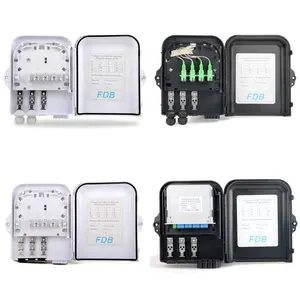


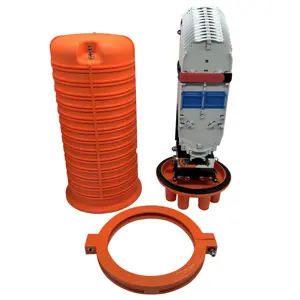

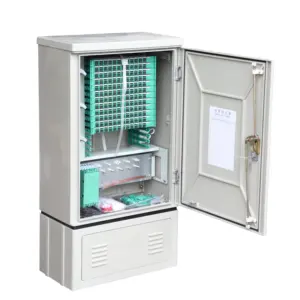




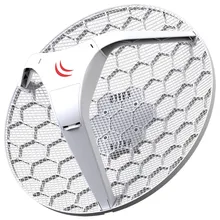
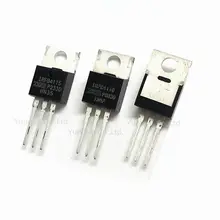
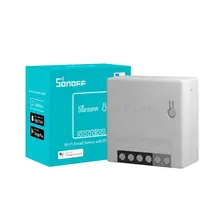
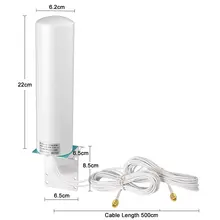




























 浙公网安备 33010002000092号
浙公网安备 33010002000092号 浙B2-20120091-4
浙B2-20120091-4